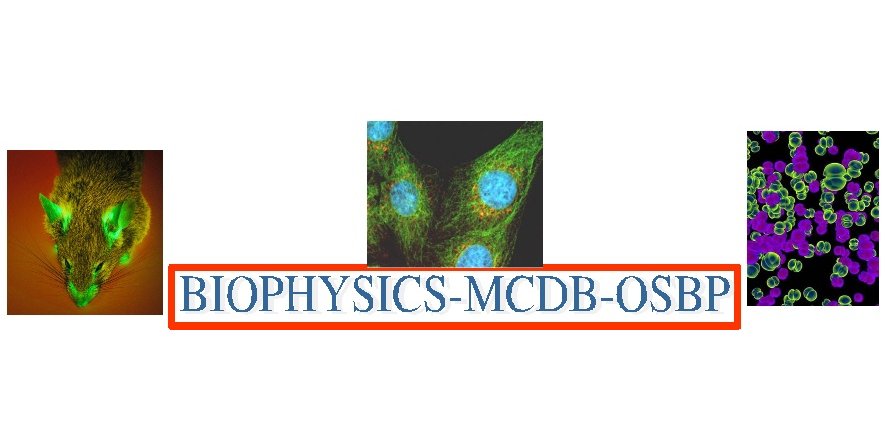Interdisciplinary Graduate Programs Symposium

2010 OSU Molecular Life Sciences
Interdisciplinary Graduate Programs Symposium

Poster abstracts
Abstract:
The function of any protein is intimately connected to both its structure and changes in that structure. Visualizing the motions a protein undergoes during structural changes assists in understanding the functional capabilities of the protein. However, traditional representations display these poses either as a static series of conformations or as a computer animation. While both techniques are useful, they present difficulties that hinder viewer comprehension. Static conformation snapshots adequately convey structure, but viewers lose a sense of the motion. Combining the snapshots into an animation presents both well, but is not suitable for non-digital representation and may require multiple viewings to adequately understand different areas of motion. To address these issues, we have used principles of fluid flow visualization to produce a tool for conveying molecular/protein motion in a fashion more informative than possible with current tools---while remaining well-suited for either print or digital media. In flow visualization parlance, traditional representations produce \
References:
V. Interrante and C. Grosch, “Visualizing 3D flow,” IEEE Computer Graphics and Applications, vol. 18, Aug. 1998, pp. 49-53.
W.G. Krebs and M. Gerstein, “SURVEY AND SUMMARY: The morph server: a standardized system for analyzing and visualizing macromolecular motions in a database framework,” Nucleic Acids Research, vol. 28, 2000, p. 1665.
R.G. Smock and L.M. Gierasch, “Sending Signals Dynamically,” Science, vol. 324, Apr. 2009, pp. 198-203.
R.S. Laramee, H. Hauser, H. Doleisch, B. Vrolijk, F.H. Post, and D. Weiskopf, “The State of the Art in Flow Visualization: Dense and Texture-Based Techniques,” Computer Graphics Forum, vol. 23, 2004, pp. 203-221.
Keywords: molecular dynamics, motion visualization, fluid flow